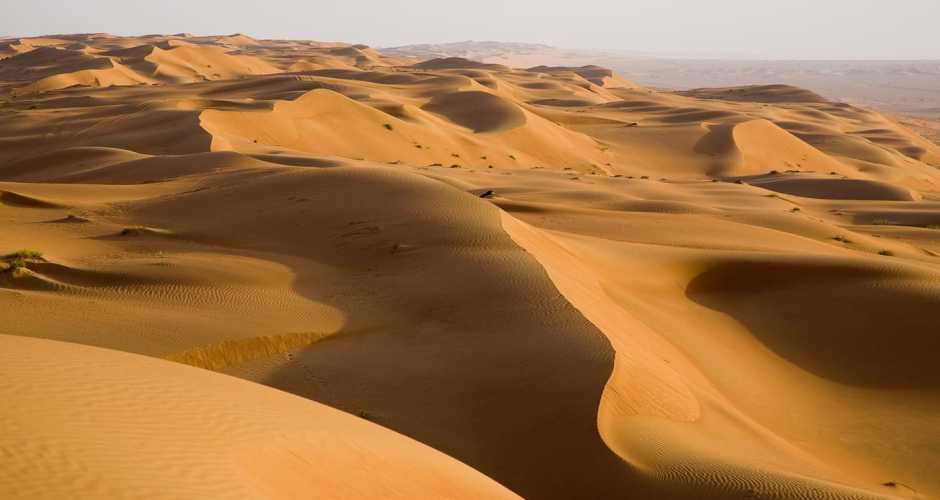The Great Sand Sea is one of the most awe-inspiring and untouched deserts on Earth, stretching across the western edge of Egypt and eastern Libya. This enormous expanse of sand dunes, covering approximately 72,000 square kilometers, offers a sweeping tableau of golden waves that roll endlessly into the horizon. For travelers, explorers, and nature lovers alike, the Great Sand Sea is much more than a barren landscape; it is a place where geological history, cultural heritage, and raw natural beauty converge in an extraordinary spectacle. Its vast dunes, mysterious wadis, and serene oases make it an exceptional destination for adventurous souls seeking solitude and grandeur deep within the Sahara.
Geography and Location
The Great Sand Sea extends roughly 650 kilometers from north to south and 300 kilometers from east to west, spanning the border region between Egypt and Libya. It lies within Egypt’s Western Desert, encompassing some of the largest and tallest dune fields in the world including towering longitudinal, star, and barchan dunes that can reach heights of over 140 meters. This desert sea rivals an ocean in size and texture but is composed entirely of sand shaped constantly by desert winds. Key geographic features include its adjacency to the Siwa Oasis to the northeast and the Gilf Kebir Plateau to the south, creating a unique ecosystem and travel corridor within the Sahara Desert.
Historical and Cultural Significance
Long before modern explorers mapped the dunes, the Great Sand Sea was well known to desert nomads, including the Tuareg and other caravan traders who navigated its shifting sands on historic trade routes connecting sub-Saharan Africa, the Mediterranean, and the Middle East. Since the mid-19th century, European explorers such as Friedrich Gerhard Rohlfs began documenting the secrets of this sandy expanse, while archaeological excavations have revealed ancient rock art, tools, and traces pointing to a greener past. The desert’s punishing environment has shaped both myth and reality, providing stories of lost armies and dramatic military endeavors during World War II, making it both a natural and historical landmark.
Unique Features and Best Visiting Seasons
What sets the Great Sand Sea apart are its extraordinary dune structures some of the largest continuous ridges globally and the mystique of its relatively unexplored vastness. The deserts here are alive with landscapes that shift subtly with every breeze, creating an ever-changing canvas. Unique geophysical phenomena such as quicksand patches and hidden limestone layers add complexity to this seemingly uniform landscape. The desert offers extraordinary night skies perfectly suited to stargazing due to total absence of light pollution. The best months to visit are between October and April, offering milder temperatures ideal for desert safaris, trekking, and cultural expeditions.
Activities to Enjoy at Great Sand Sea
The Great Sand Sea invites a variety of thrilling activities for adventurous travelers. Desert safaris using 4×4 vehicles challenge visitors to navigate vast dune seas and dry wadis. Sandboarding down colossal dunes brings adrenaline and fun, while hiking trail explorations reveal hidden caves and rock art sites. For nature lovers, there is an opportunity to encounter desert wildlife and rare vegetation adapted to this harsh environment. Overnight camping under star-lit skies offers an immersive experience into the peaceful isolation of the Sahara, while cultural tours to oases like Siwa highlight historical and social heritage integral to the desert’s character.
How Desert Cruise Travel Enhances Your Experience
Desert Cruise Travel provides expert-guided tours designed to unveil the secrets of the Great Sand Sea with comfort and safety. Their tours include skilled desert navigation, cultural heritage storytelling, and access to remarkable sites otherwise inaccessible. Equipment support, camping amenities, and experienced guides enrich the experience, ensuring travelers engage deeply with the desert’s grandeur above all with respect for its fragile ecosystem. Whether you seek thrilling adventures or peaceful escapes, Desert Cruise Travel curates journeys tailored to connect you with the heart of the Sahara’s golden sea.
Conclusion
The Great Sand Sea remains a monumental desert jewel where natural beauty and human history merge in sweeping expanses of sand and sky. It stands as an enduring symbol of the Sahara’s majestic wilderness, inviting all who venture here to witness its silent power and timeless mystery.




